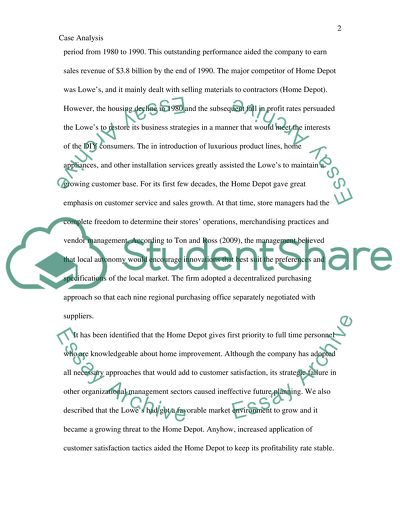Cite this document
(“Home Depot: Case Analysis Research Paper Example | Topics and Well Written Essays - 1250 words”, n.d.)
Retrieved from https://studentshare.org/family-consumer-science/1421105-home-depot-case-analysis
Retrieved from https://studentshare.org/family-consumer-science/1421105-home-depot-case-analysis
(Home Depot: Case Analysis Research Paper Example | Topics and Well Written Essays - 1250 Words)
https://studentshare.org/family-consumer-science/1421105-home-depot-case-analysis.
https://studentshare.org/family-consumer-science/1421105-home-depot-case-analysis.
“Home Depot: Case Analysis Research Paper Example | Topics and Well Written Essays - 1250 Words”, n.d. https://studentshare.org/family-consumer-science/1421105-home-depot-case-analysis.


